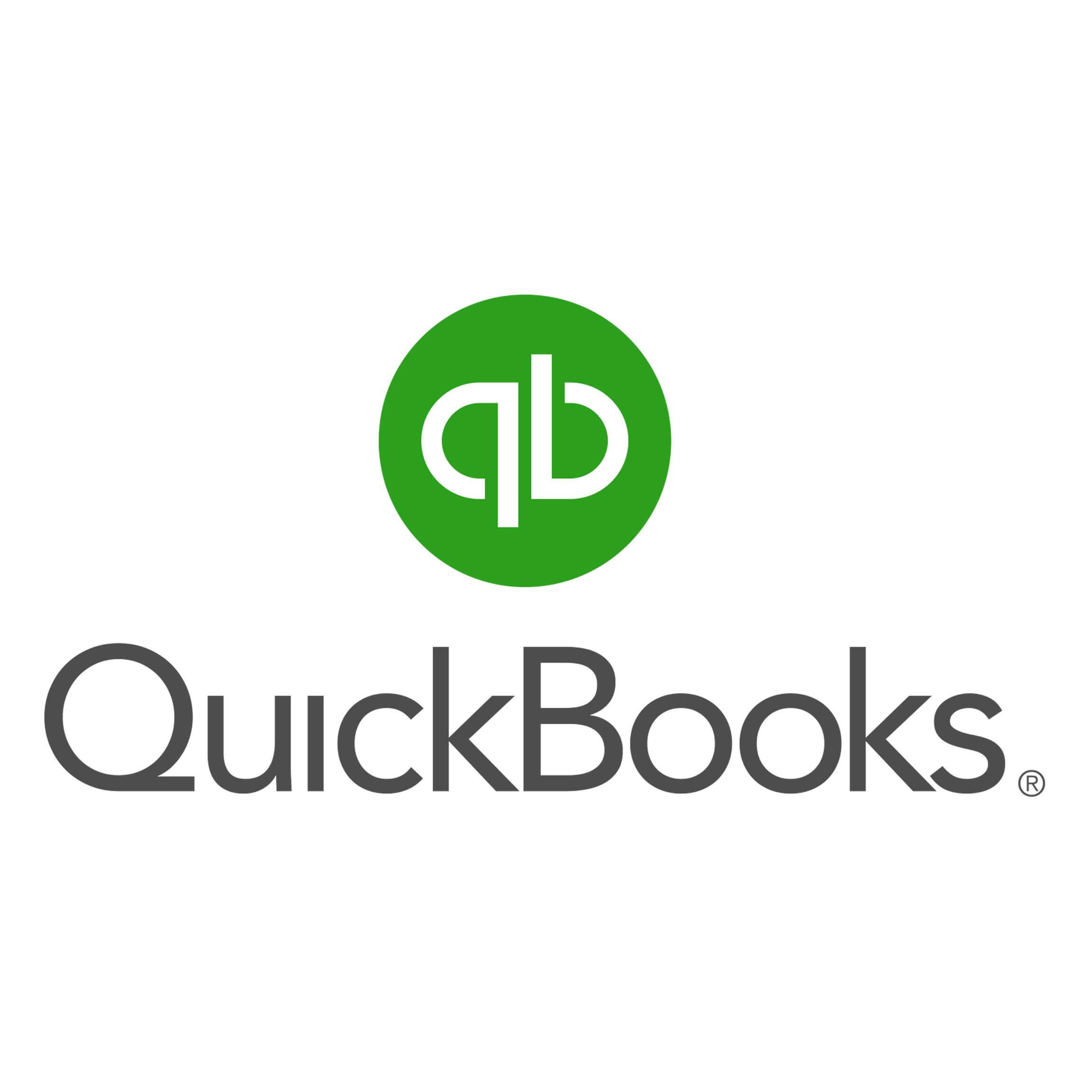QuickBooks is accounting software that allows you to manage and organize various accounting activities, such as bookkeeping, creating financial statements, and much more.
In QuickBooks, accounts can be sorted into different categories according to their nature, i.e., assets, liabilities, income, and expenses. If you want to see the information for a line item in QuickBooks, you must set up a separate account for that particular line item. Similarly, when you need to report financial information on a tax return, you must create an account to collect and report the required data.
Account Creation
In QuickBooks, you must create a new account if you want an expense account assigned to a tax line. To do so, open the “Chart of Accounts” menu and then click on the “Account.” After that, click on the “New” button. This will now open a menu to choose between multiple account types. Choose the “Expense” account option and click “Continue.”
You will be prompted to enter the name used to identify your new account. You will then be given the option to make this account either a sub-account or the main account. After checking the appropriate box, you can click on the button labeled “Patent Account.” With this, you will create the expense account you will later assign to the tax line.
Adding Information
Once you are done creating the expense account, you can record information relevant to that account. For example, suppose you just created an expense account that relates to a particular utility. In that case, you can mention the name of the utility or the service provider, your unique customer number, and any relevant dates, such as the billing dates. Different drop-down menus allow you to enter and sort the information pertinent to the expense account you just created.
Assigning the Expense Account
Select QuickBooks’s “Tax Line Mapping” menu to assign the expense account. Here, you will see a drop-down menu that includes multiple tax lines, allowing you to select the one that is relevant to the expense account you created. Once you have chosen the tax line, you will be given a list of expense accounts. You can choose the account you want to assign to the tax line here.
Alternatively, you might want to assign a preexisting account to a tax line. In QuickBooks, if you want to assign an expense account that exists beforehand, you first need to go to the “Chart of Accounts” menu. Once there, you can right-click the specific expense account you want to assign to a tax line. Once you see the right-click menu, choose the “Edit Account” option. Next, choose to change the “Tax Line Mapping” data. In the drop-down menus, you will see. Next, you can select the relevant tax line and tax form.
Accountant Assistance
Suppose you have given your accountant or bookkeeper access to the data you enter in QuickBooks. In that case, the best possible decision is to let them handle the assignment of any expense account to the respective tax liens. This helps ensure the accuracy and consistency of bookkeeping and account maintenance.
If you think you need to adjust any expense accounts and their relevant tax line, you recommend that you consult your accountant before making any changes to the mapping in QuickBooks. This prevents future issues where you might need to review and recategorize incorrectly entered or calculated data.
Conclusion
In conclusion, QuickBooks offers comprehensive accounting solutions, from organizing activities to creating financial statements. Efficiently managing accounts, adding relevant information, and assigning expense accounts to tax lines ensures accurate reporting. Whether creating new accounts or assigning existing ones, attention to detail is key.
Consulting with an accountant or bookkeeper enhances accuracy and consistency, safeguarding against future issues. With QuickBooks, meticulous accounting practices pave the way for streamlined financial management.
 About Complete Controller® – America’s Bookkeeping Experts Complete Controller is the Nation’s Leader in virtual bookkeeping, providing service to businesses and households alike. Utilizing Complete Controller’s technology, clients gain access to a cloud platform where their QuickBooks™️ file, critical financial documents, and back-office tools are hosted in an efficient SSO environment. Complete Controller’s team of certified US-based accounting professionals provide bookkeeping, record storage, performance reporting, and controller services including training, cash-flow management, budgeting and forecasting, process and controls advisement, and bill-pay. With flat-rate service plans, Complete Controller is the most cost-effective expert accounting solution for business, family-office, trusts, and households of any size or complexity.
About Complete Controller® – America’s Bookkeeping Experts Complete Controller is the Nation’s Leader in virtual bookkeeping, providing service to businesses and households alike. Utilizing Complete Controller’s technology, clients gain access to a cloud platform where their QuickBooks™️ file, critical financial documents, and back-office tools are hosted in an efficient SSO environment. Complete Controller’s team of certified US-based accounting professionals provide bookkeeping, record storage, performance reporting, and controller services including training, cash-flow management, budgeting and forecasting, process and controls advisement, and bill-pay. With flat-rate service plans, Complete Controller is the most cost-effective expert accounting solution for business, family-office, trusts, and households of any size or complexity.



